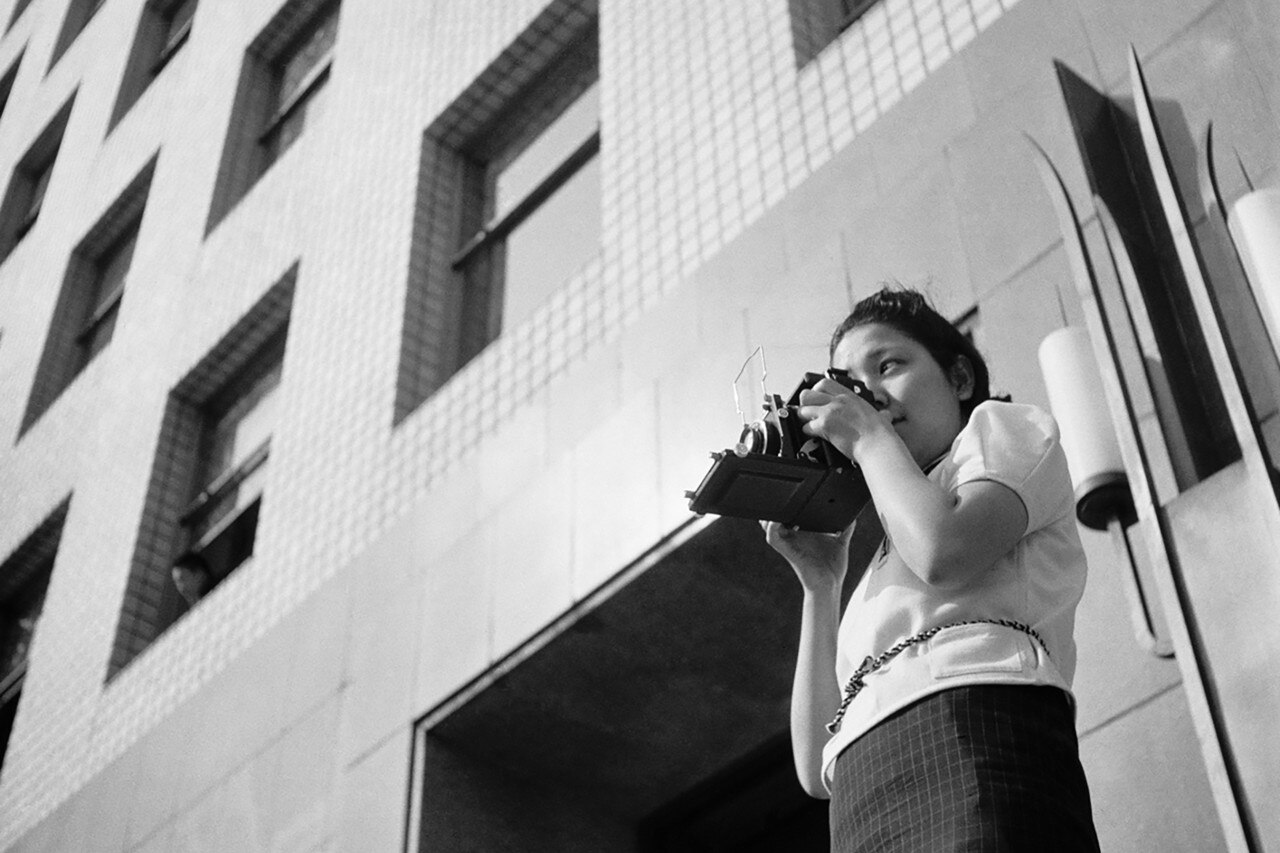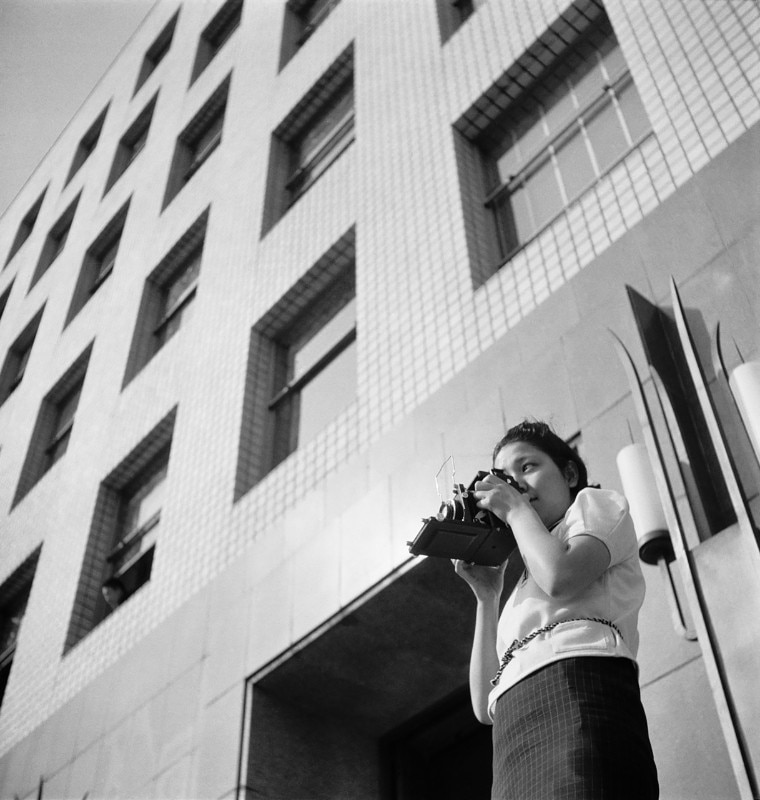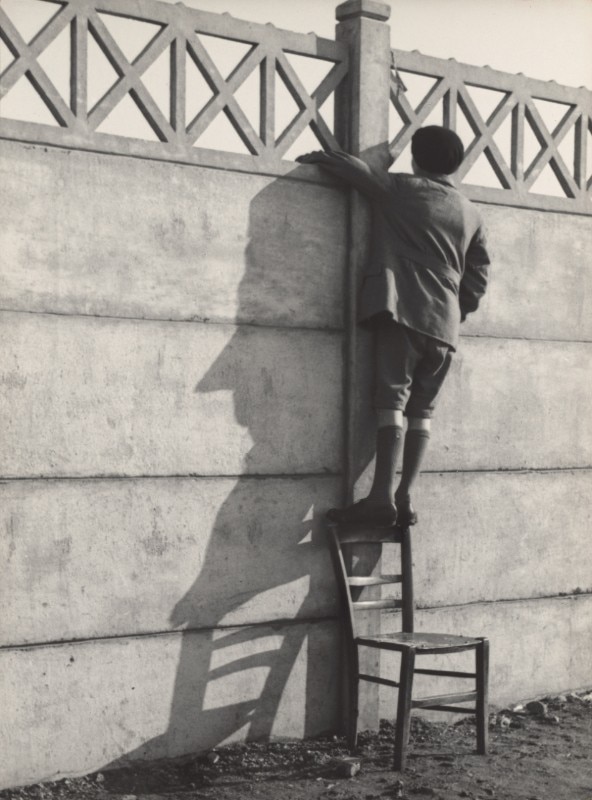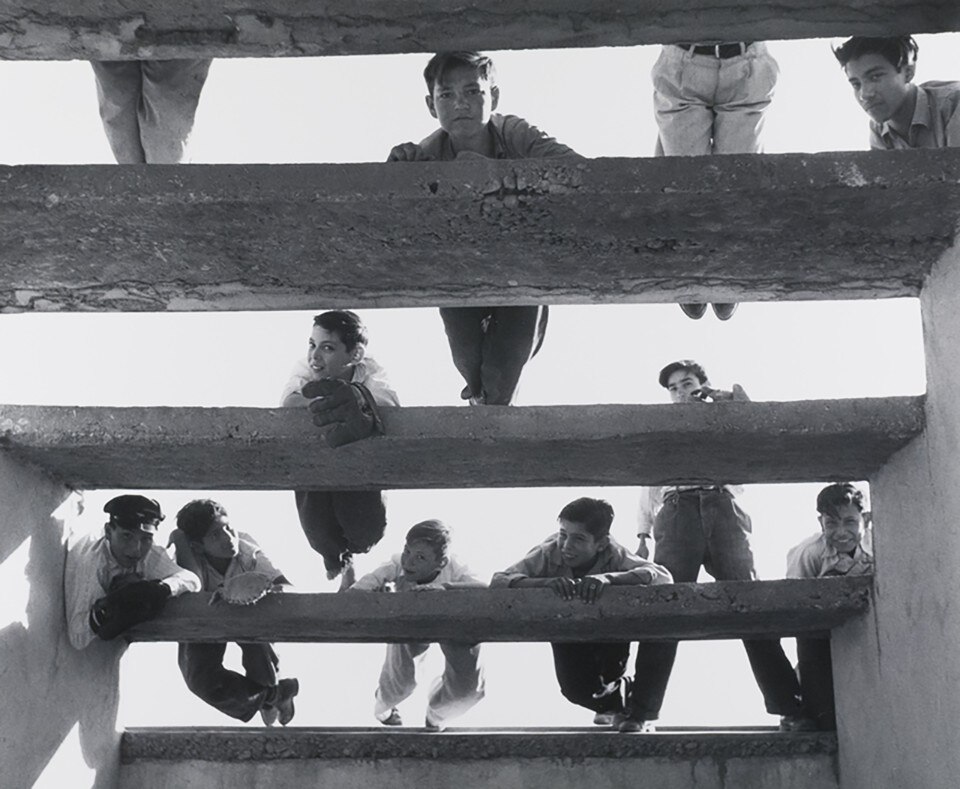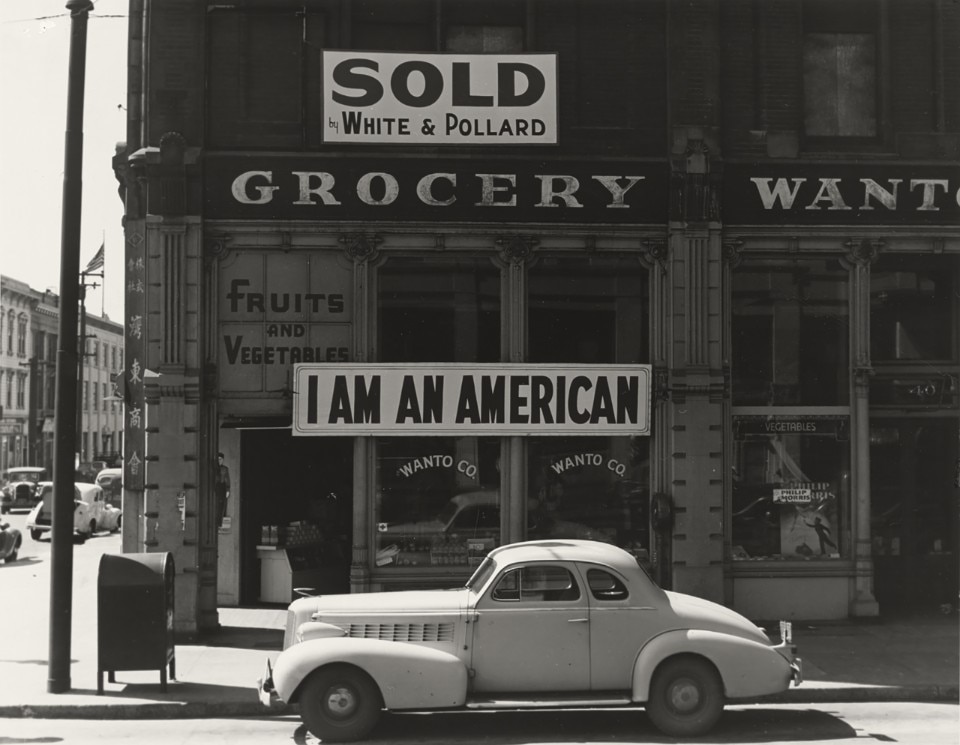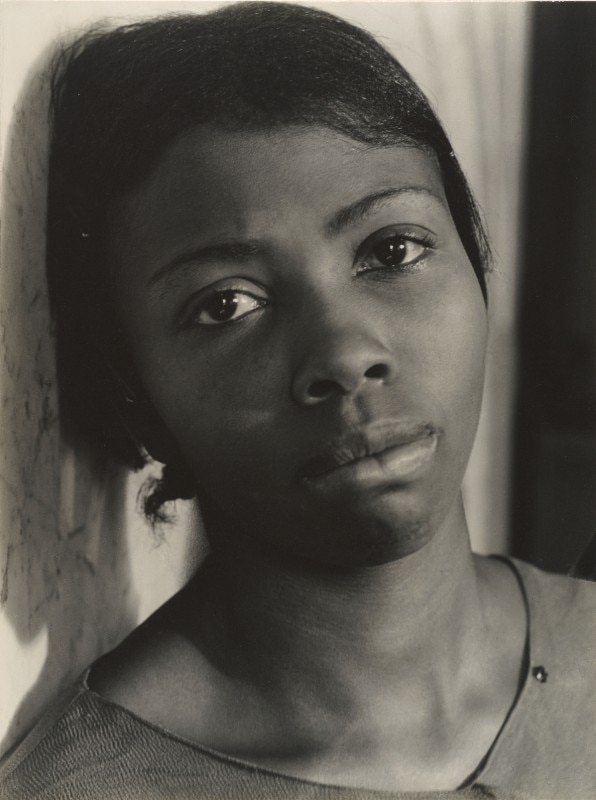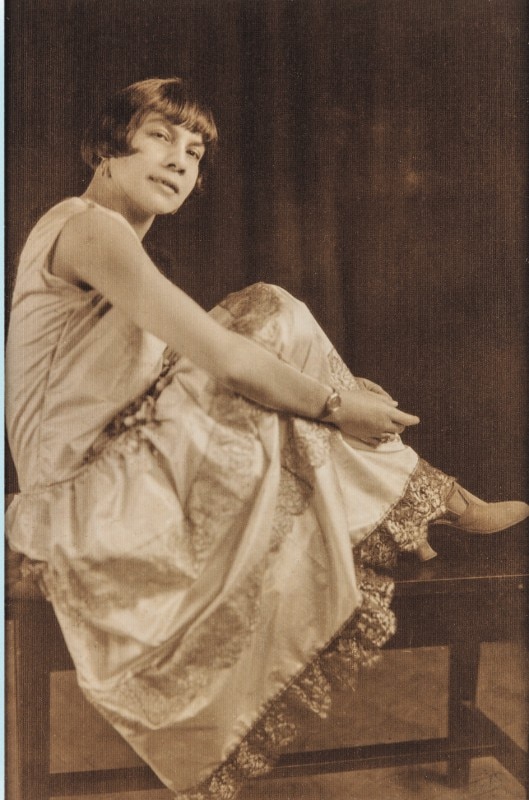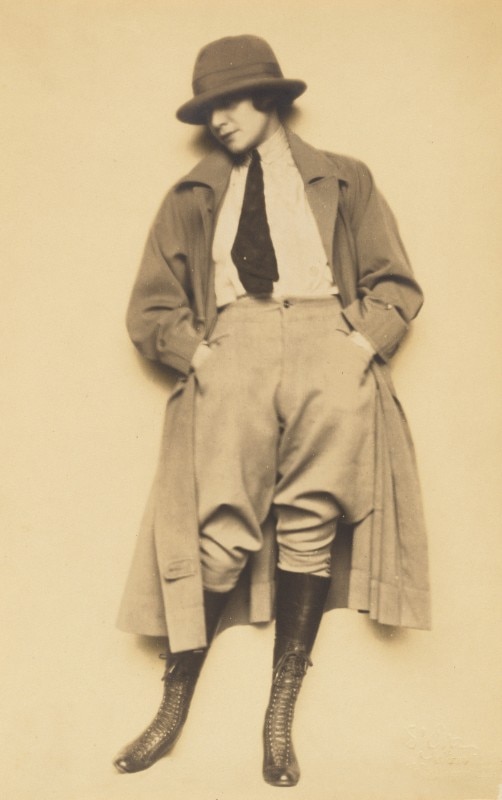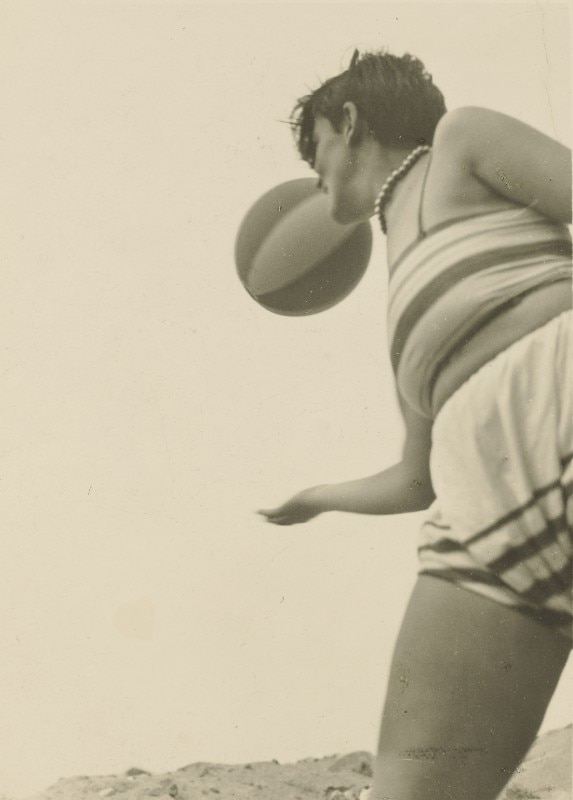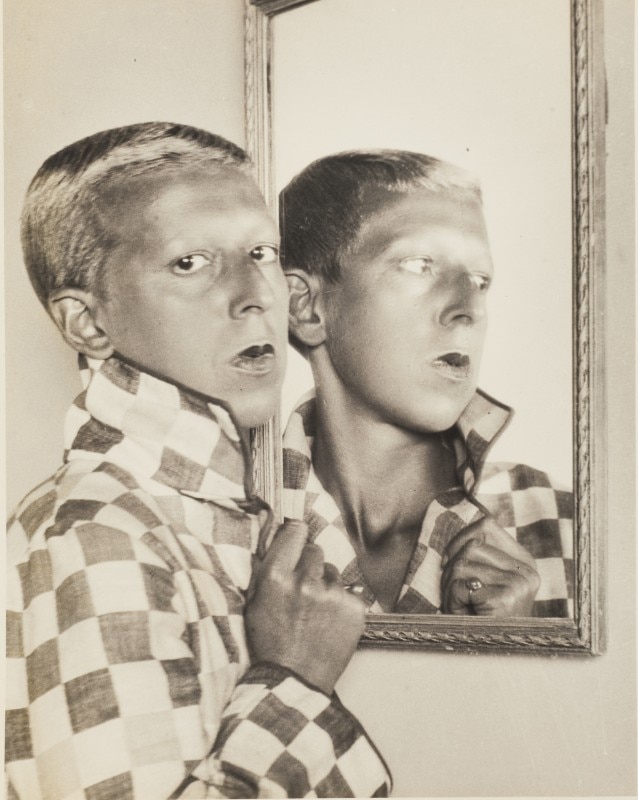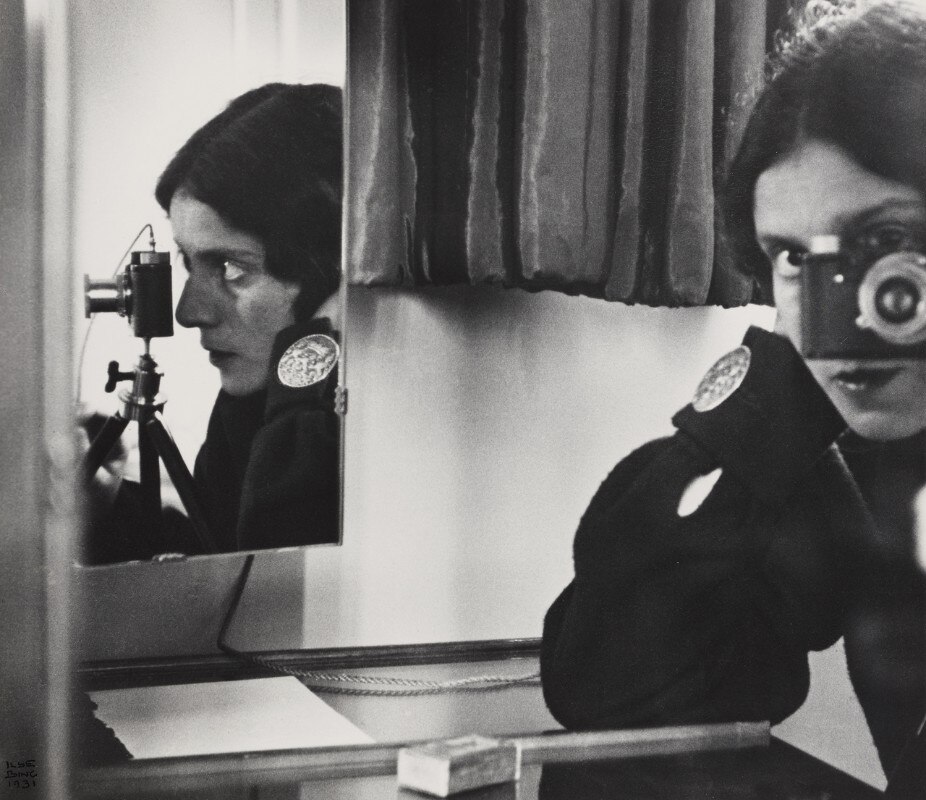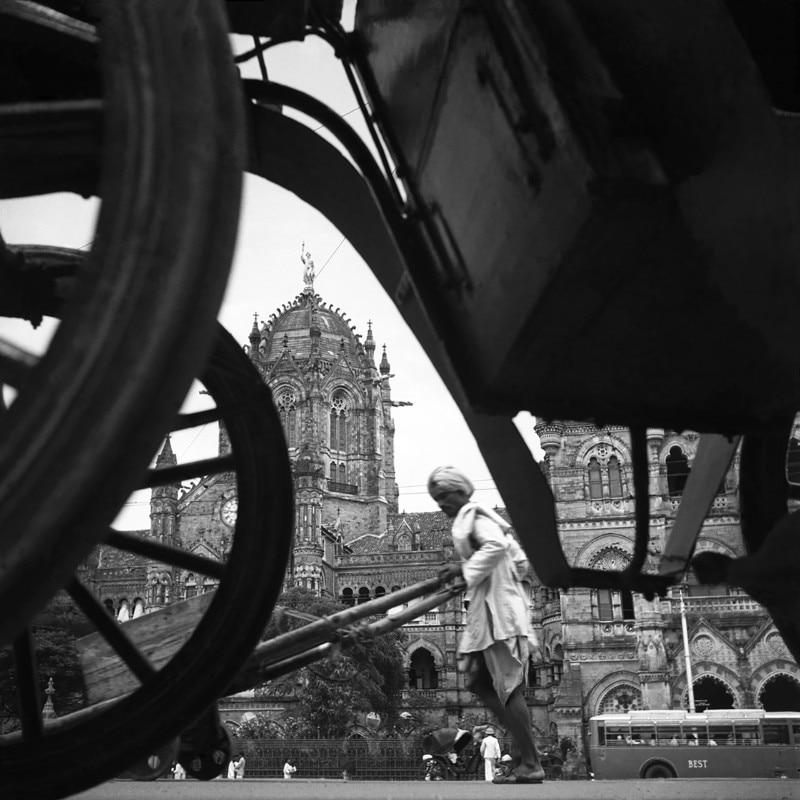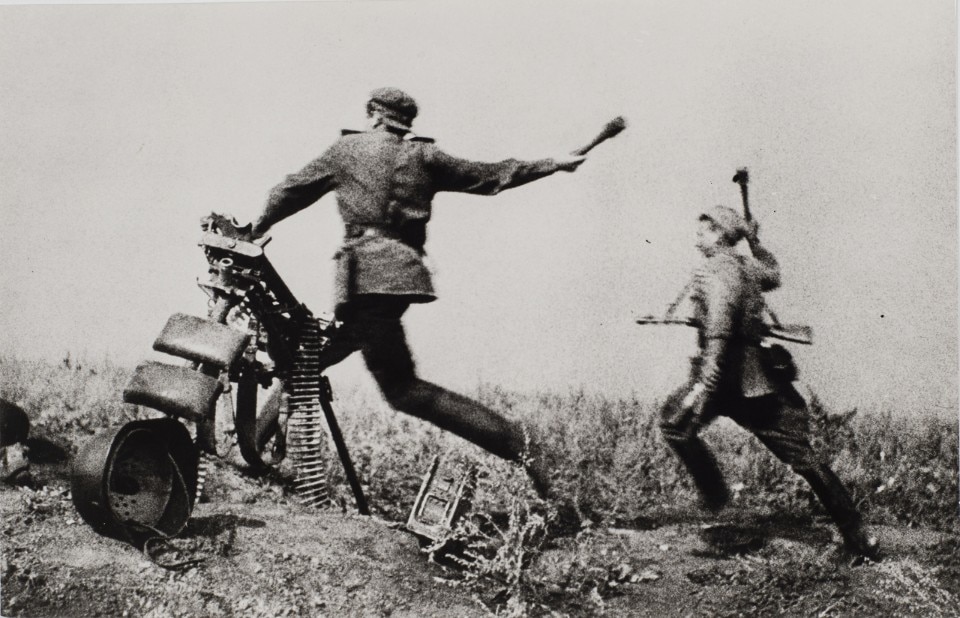When it comes to the pioneering women of photography, not many names immediately come to mind. Dorothea Lange and Margareth Bourke–White, of course, Lisette Model and Helen Levitt, for sure, most certainly Tina Modotti and Lee Miller (although both too often more as models than as authors), probably Berenice Abbot or Florence Henri, perhaps Eve Arnold or Imogen Cunningham, at best Gerda Taro or Dora Maar. Indeed, if Anna Atkins and Julia Margaret Cameron, among the first women to practice photography, are known only to insiders, it was not until the second half of the last century that personalities such as Diane Arbus, Mary Ellen Mark, Annie Lebovitz, Sarah Moon, Francesca Woodman, Letizia Battaglia, Sally Mann, Cindy Sherman or Nan Golding (and, posthumously, Vivian Maier) sanctioned the validity of the binomial women and photography in the collective imagination.
After all, talking about women photographers today is on the one hand easier than in the past, given the credit and importance that the public, critics and the market are finally giving to women artists and professionals in the sector. On the other hand, though, it is increasingly difficult, because the very assumption that there should be a female photography, supposedly distinct from the male one—i.e. from an equally assumed “standard”—is an argument that in the logic of the present times has less and less foundation and therefore finds fewer and fewer supporters.
So, if talking about women photographers is important not because their practice is necessarily different from that of their male colleagues but simply because not talking about them would mean giving a guiltily partial picture of photography, important exhibitions such as The New Woman Behind the Camera, on show at the Metropolitan Museum in New York until 3 October, are absolutely welcome.
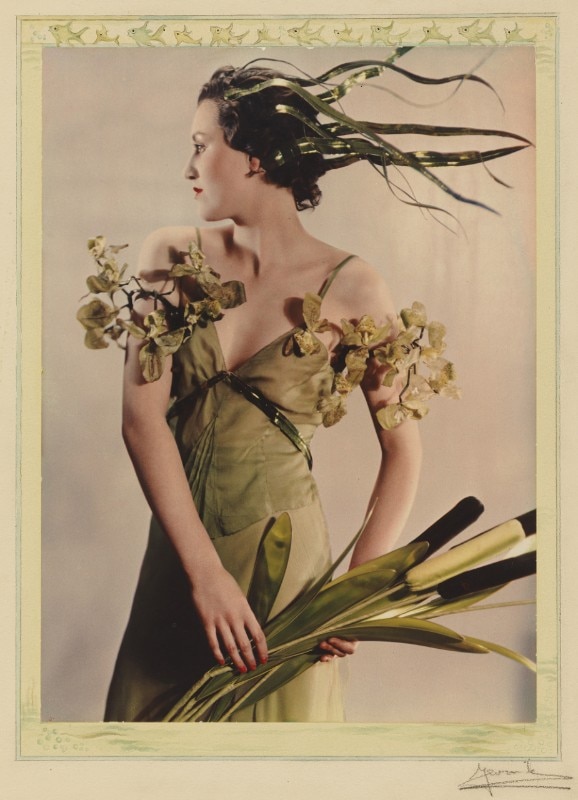
Curated by Andrea Nelson and organised together with the National Gallery of Art in Washington (where Nelson is associate curator of the Department of Photograps), the group show brings together 185 images by 120 women photographers from 60 different countries. Indeed, the international nature of the exhibition is one of its most interesting elements, given that the New Woman of the title has long been relegated to the United States, or at most France, England and Germany, and that no exhibition has ever attempted to delineate its true geographical and conceptual boundaries.
Born at the end of the 19th century in Great Britain, the expression in fact indicated a new type of woman, strong–willed and full of character who, almost always a working person, posed and dressed in a sophisticated way but often far from the gender canons of the time, challenging the status quo and breaking some taboos, incidentally intriguing the viewer from the pages of the most fashion–conscious magazines. So, it was a definition that, with hindsight, had little to do with the self–determination (and self–representation) that the very women who were subjected to it actually sought and pursued.
As well as showing us the international scope of the phenomenon, the exhibition has the merit of finally putting order among its many facets, revealing how the individual sensibilities of the women photographers who were its actresses could give rise to the most diverse and peculiar modes of expression.
From self–portraiture to still life, from studio photography to war photography, from social investigation to experimentation, from nudity to fashion, there is no field which these authors did not express their own version of without their work necessarily achieving notoriety, let alone international recognition.
And if names such as Lola Álvarez Bravo, Lucia Moholy, Ilse Bing or Claude Cahun are finally beginning to circulate outside of photography schools and associations, it is to be hoped that exhibition projects such as these will bring to light other, much lesser–known names, such as those of the photographers who, alongside their better–known colleagues, the MET is now finally revealing to us, and which we would like to list here: Florestine Perrault Collins, Elizaveta Ignatovich, Niu Weiyu, Tsuneko Sasamoto, Homai Vyarawalla, Annemarie Heinrich, Alma Lavenson, Karimeh Abbud, Steffi Brandl, Trude Fleischmann, Annemarie Heinrich, Eiko Yamazawa, Madame Yevonde, Alice Brill, Rebecca Lepkoff, Genevieve Naylor, Tazue Satō Matsunaga, Valentina Kulagina, Toshiko Okanoue, Grete Stern, Marjorie Content, Eslanda Goode Robeson, Anna Riwkin, Lotte Jacobi, Jeanne Mandello, Germaine Krull, Lillian Bassman, Louise Dahl–Wolfe, Toni Frissell, Frances McLaughlin–Gill, Margaret Watkins, Caroline Whiting Fellows, Yva, Lucy Ashjian, Kati Horna, Hansel Mieth, Thérèse Bonney, Galina Sanko, Hou Bo, Anna Barna, Irene Bayer–Hecht, Consuelo Kanaga, Yevonde Cumbers Middleton, Madame d'Ora.
- Title:
- The New Woman Behind the Camera
- Opening dates:
- Dal 2 luglio al 3 ottobre 2021
- Curated by:
- Andrea Nelson
- Location:
- Metropolitan Museum
- Where:
- 1000 Fifth Avenue, New York


